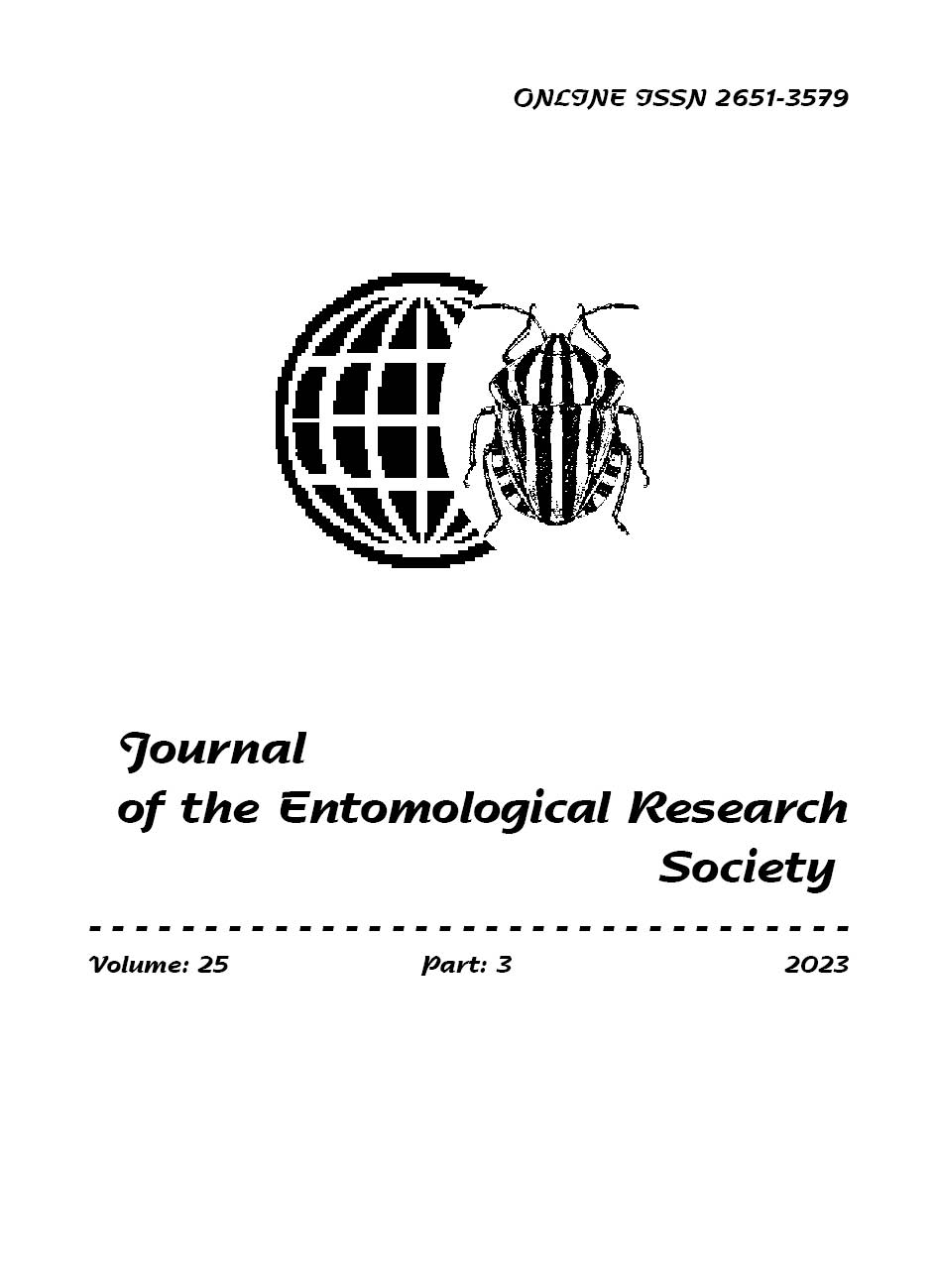Evaluation of Origanum majorana’s Toxicological Effects on Hemolymph and Some Biological Aspects of Rhynchophorus ferrugineus Larvae (Coleoptera: Curculionidae)
DOI:
https://doi.org/10.51963/jers.v25i3.2493Abstract
Red palm weevil (RPW), Rhynchophorus ferrugineus is an invasive insect pest of date palm (Phoenix dactylifera) and several other palm species. RPW causes heigh damage in most date-producing areas of the world, particularly in the Middle East and North Africa. In this study, we discussed the drastic effects of Origanum majorana essential oil on different parameters, including total hemocyte counts (THCs), differential hemocyte counts (DHCs), total protein, lipid, and carbohydrates, as well as some enzyme activity like catalase (CAT), phenol oxidase, super oxide dismutase (SOD),α β-estrase, and acetyl-cholinesterase (AChE) in RPW larvae. Groups of five fourth-stage larvae were submerged for 60 seconds immediately in 9.8% (LC50) of O. majorana. Compared to the control group, the THC levels are reduced after treatment with O. majorana essential oil. The estimated THCs were 27025 ±1356.54 cells/mm3 and 23250 ±1035.82 cells/mm3 for control and treated larvae, respectively. The DHCs showed that granulocytes (Gr) (26.47%) and plasmatocytes (Pl) (31%) were the two hemocyte types that predominated. Compared to the control group, the total protein, lipid, and carbohydrate were significantly lower. In comparison to control larvae, the treated larvae had significantly greater levels of CAT, SOD, and AChE activity. The activity levels of α, β-estrase and phenol oxidase were greatly decreased, but the phenol oxidase level was significantly increased in comparison to the control groups. Through the results obtained can be used Origanum majorana in the integrated control program especially in the period before harvest so that there are no residual pesticides in fruits when control palm after conducting some future studies infestation.


